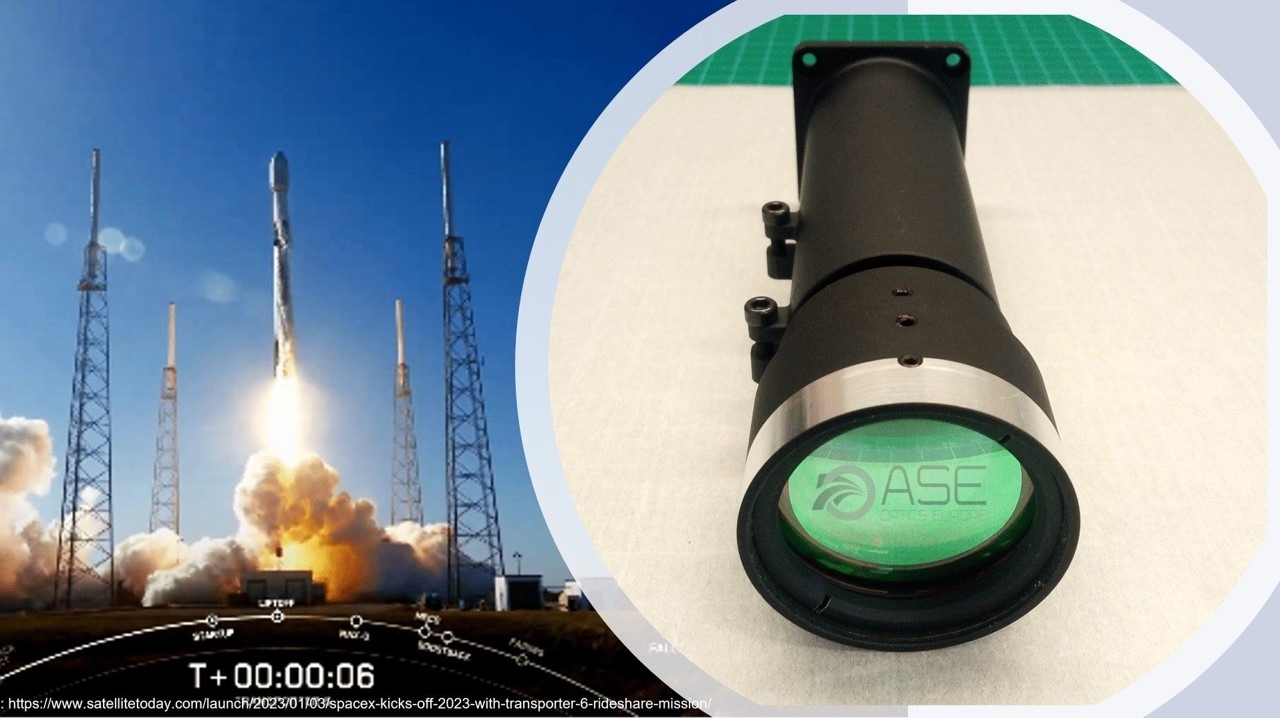Motivation
ASE Optics has designed and manufactured the SWIR lens that has been integrated into the DRAGO-2 space camera, allowing an improvement in the resolution of the images of the camera developed by IACTEC – Espacio (of the Instituto de Astrofísica de Canarias) from 300 metres per pixel to 50 metres per pixel.
Goal
The development of the SWIR objective has improved the resolution of the images obtained from the DRAGO-2 camera, which monitors the Earth from space and characterises phenomena derived from climate change and other phenomena such as forest fires or the monitoring of volcanic activity.
Technology Solution
To achieve these improvements in resolution, the team of optical engineers at ASE Optics carried out a study of the characteristics of the DRAGO-2 camera and, after evaluating different configurations, they opted for an optical design that would allow the system to be athermalised optically, avoiding the need to add mechanical elements and thus reducing the weight of the objective.
Business Model
ASE Optics offers innovative optical and optoelectronic systems, of high precision and quality with high technical performance, for hostile environments. We develop optical and photonic systems based on customer needs, for sectors such as New Space, the Semiconductor industry, Fusion, Defence or large scientific projects.
Results
The first images taken on the ground showed a correct focusing of the camera in the two spectral bands of the SWIR range that were selected (between 1.1 and 1.6 µm), thus verifying the qualitative improvement that we wanted to achieve in terms of resolution with the SWIR objective.
Current status
The SWIR target integrated into the DRAGO-2 camera was incorporated into the Italian company D-Orbit’s ION-SCV 007 Glorious Gratia satellite carrier on 3 January 2023, when it was filled aboard a Space X Falcon 9 rocket. It is currently orbiting the Earth.
